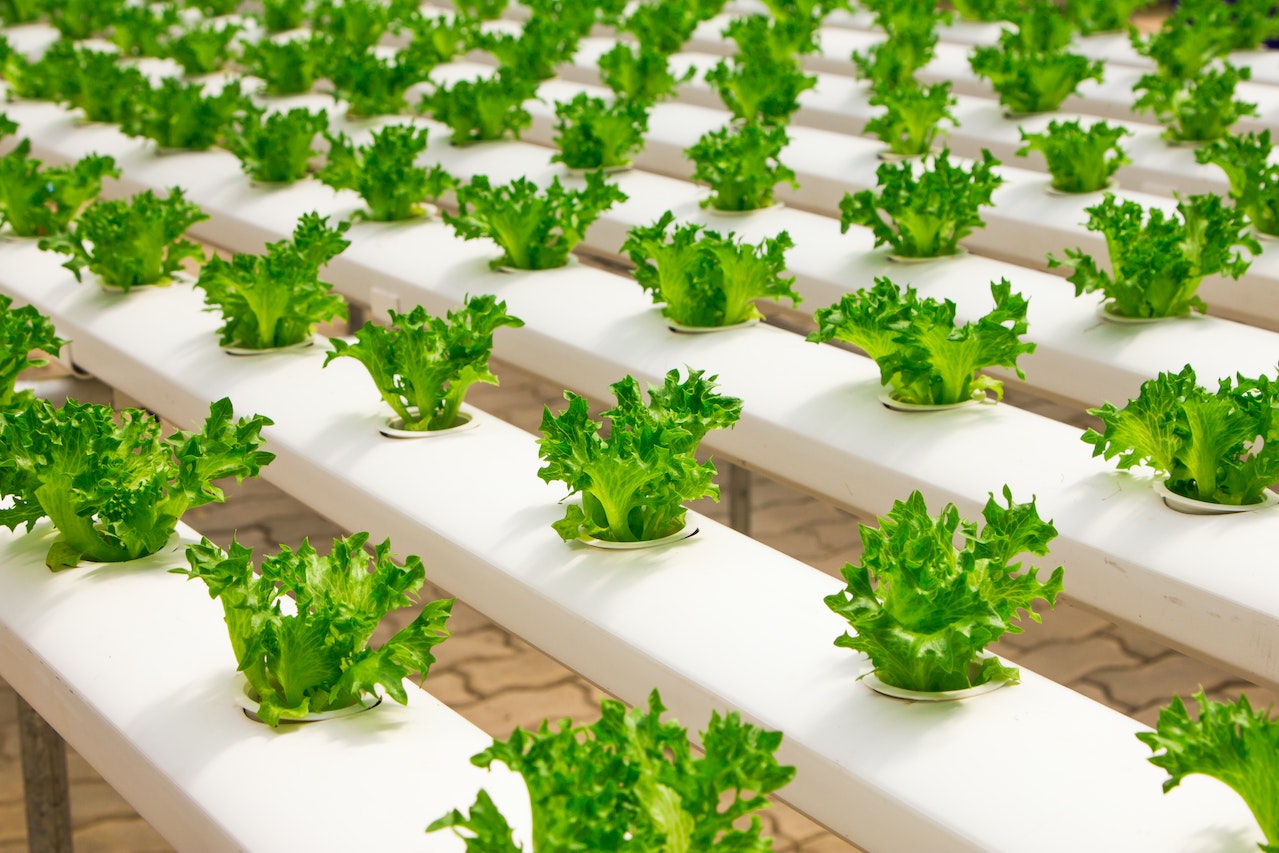Best Ways to Start Hydroponic Gardening

If you’re interested in getting into hydroponic gardening, there are many ways to start. You may want to consider a Styrofoam growing raft, a deep water culture, a wicking system, or a stabilizing agent.
Aero Garden Harvest
If you are new to hydroponics or you are just looking to add a few plants to your backyard, an AeroGarden Harvest is an ideal way to start. It is easy to set up and requires little maintenance.
All you need to get started is to fill the AeroGarden with water, add some nutrients, and turn on the light. Once your system is ready, you can grow up to 150 varieties of plants.
You can purchase AeroGarden seeds to plant, or use your own. Whether you want to grow flowers, vegetables, or herbs, AeroGarden Harvest has all the tools you need.
Some models of the AeroGarden even have LED plant lights. The lights are adjustable, so you can adjust the position of the light as the plants grow.
Deep Water Culture
Deep Water Culture (DWC) is an incredibly effective hydroponic technique. It allows plants to grow in a nutrient solution that is enriched with oxygen. The roots of plants in this system grow in a large mass, allowing them to absorb the maximum amount of nutrients.
DWC systems are great for growing herbs, vegetables and lettuce. They do not have a lot of moving parts, making them user-friendly. Also, they have low maintenance requirements and are relatively inexpensive.
A basic DWC system can be made with a simple bucket or old aquarium. It can also be assembled in a classroom. Alternatively, you can purchase a system designed for home use, allowing you to get started right away.
For optimal growth, you should consider the NPK ratio. This ratio is listed on the bottles of nutrient solutions.
Wicking system
A wicking system is one of the easiest hydroponic gardening systems to set up. It works by sucking water up from a reservoir and feeding the plants. But it is not as efficient as other active hydroponic systems.
You can use a number of materials for the wick, including cotton rope, felt strips, nylon rope and even paper towels. The material should be highly absorbent and resistant to rotting. However, if the wick is left running for a long time, it may form a mould.
This type of system is especially effective for small plants. Larger plants will probably starve to death in the wick system. In addition to using a wicking system, you should also have an aeration system. An aeration system will make it easier for the nutrient solution to reach the roots.
Styrofoam growing raft
When you are thinking about constructing your own hydroponic gardening system, one of the first things you need to consider is the type of growing raft you will need. Styrofoam is a lightweight material that can be used to create a raft for growing plants.
You should choose a raft that is smaller than the container you are using to grow the plants. This will help you keep the nutrient solution in contact with the roots.
Once you have chosen the size of your raft, you will need to make sure there is enough room for the plants to grow. To do this, you will need to measure the top of the container. Then, you can cut holes in the raft that will let the plants access the water.
Stabilizing agent
Hydroponic gardening is a process which is used to grow plants. A nutrient solution is provided to the plant to support growth. The pH value of the nutrient solution directly affects the normal development of the plant. Maintaining the proper pH value is very important for the success of the hydroponic garden.
In order to maintain the proper pH, the hydroponic gardener can use a stabilizing agent. Stabilizing agents are chemical compounds which help the hydroponic gardener maintain the pH of the nutrient solution. Usually, the pH is maintained by adding a buffer to the nutrient solution. There are many types of buffers available. They are generally non-toxic and can be used safely to help maintain the pH of the nutrient solution.
One common stabilizer is citric acid. This is a type of acid which is commonly used to balance the pH level of a hydroponic nutrient solution.